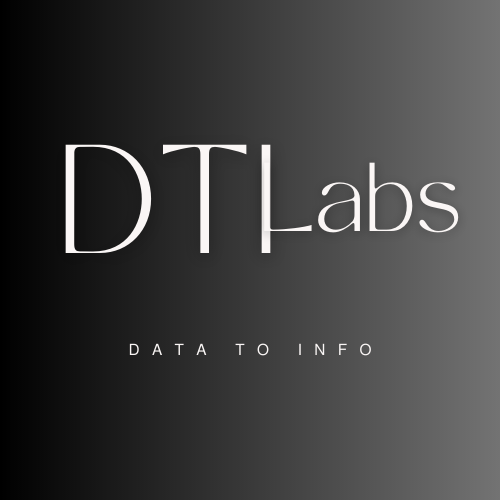In today’s data-driven world, organizations are generating and accumulating vast amounts of information at an unprecedented pace. Extracting valuable insights from this overwhelming volume of data has become a significant challenge. This is where Apache Hadoop, an open-source framework, has emerged as a game-changer. In this article, we will explore the fundamental concepts, architecture, and benefits of Apache Hadoop, and understand why it has revolutionized big data processing.
Understanding Apache Hadoop
Apache Hadoop is a distributed computing framework that enables the processing and storage of large datasets across clusters of commodity hardware. It was initially developed by Doug Cutting and Mike Cafarella, and it quickly gained popularity due to its ability to handle massive amounts of data in a scalable and fault-tolerant manner.
Architecture and Components
Hadoop’s architecture is based on two main components: Hadoop Distributed File System (HDFS) and MapReduce.
1 – Hadoop Distributed File System (HDFS):
HDFS is a distributed file system designed to store and manage data across multiple machines. It breaks down large files into smaller blocks, typically 64 or 128 megabytes, and distributes these blocks across the cluster. By replicating data across multiple nodes, HDFS ensures fault tolerance and high availability. This distributed storage model allows Hadoop to handle datasets that are larger than what can fit on a single machine.
2 – MapReduce:
MapReduce is a programming model and a processing paradigm for distributed computing. It enables parallel processing of large datasets by dividing them into smaller chunks and processing them independently across the cluster. The MapReduce model consists of two phases: the Map phase, where data is processed in parallel across multiple nodes, and the Reduce phase, where the intermediate results are combined to produce the final output.
3 – Yarn:
Yet Another Resource Negotiator. Apache YARN is a cluster management technology that was introduced in Hadoop 2.x to address the limitations of Hadoop’s previous resource management framework, known as Hadoop MapReduce. YARN’s primary goal is to separate the resource management and job scheduling functionalities from the MapReduce framework, making Hadoop more versatile and allowing other data processing models to run on the same cluster.
YARN introduces a new layer in the Hadoop architecture known as the Resource Manager. This component is responsible for managing resources across the cluster and coordinating the allocation of resources to various applications. The Resource Manager keeps track of available resources and decides how to allocate them based on application demands.
Benefits of Apache Hadoop
- Scalability: Hadoop’s distributed nature allows it to scale horizontally by adding more commodity servers to the cluster. This scalability enables organizations to handle increasing data volumes without significant infrastructure investments.
- Fault Tolerance: Hadoop’s fault-tolerant design ensures that data is replicated across multiple nodes. If any node fails, Hadoop automatically redirects the processing to another available node, ensuring uninterrupted data processing and minimal downtime.
- Cost-Effective Storage: Hadoop’s distributed file system allows organizations to store large amounts of data on inexpensive commodity hardware. This eliminates the need for costly storage solutions and makes it an economically viable option for businesses of all sizes.
- Flexibility and Versatility: Hadoop is a flexible framework that can process structured, semi-structured, and unstructured data. It can handle a wide range of data formats, including text, audio, video, and more. This versatility makes it an ideal choice for various use cases, from log analysis and sentiment analysis to recommendation systems and fraud detection.
- Ecosystem and Community Support: Apache Hadoop has a vibrant and active open-source community that continuously contributes to its development. The Hadoop ecosystem consists of various complementary tools and frameworks such as Hive, Pig, Spark, and HBase, which extend Hadoop’s capabilities and provide additional functionalities for data processing, analysis, and storage.
Conclusion
Apache Hadoop has revolutionized big data processing by providing a scalable, fault-tolerant, and cost-effective framework for storing, managing, and processing large datasets. Its distributed nature, combined with the MapReduce processing model, enables organizations to tackle the challenges of big data and derive valuable insights from their vast data resources. With its versatility, flexibility, and a thriving open-source ecosystem, Apache Hadoop continues to be a powerful tool for organizations seeking to unlock the potential of their data and drive innovation in the digital age.

